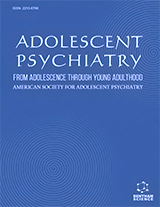Abstract
Thrombolysis (clot dissolving using medicine) and thrombectomy (clot removal via minimally invasive angiogram) are effective acute treatments for ischaemic stroke, but are expensive and time limited. Specialized stroke units are proven to manage stroke-related sequelae and complications effectively. They make stroke treatment quicker, easier and more accessible for a larger number of patients and have specialized staff, predefined protocols and better rehabilitation outcomes. These stroke units have proven benefits in countries that can afford them, but should be extended even to limited-resource settings when possible. Besides thrombolysis, thrombectomy and stroke unit care, ongoing research is exploring medications that may keep brain tissue in the region of a stroke alive for longer (cytoprotection), technological advances such as nanoparticles to increase the penetration of thrombolytic agents into the clot and stem cell therapies, all of which remain to be proven in large-scale randomized controlled trials. As a significant number of patients live with some level of disability, rehabilitation is important. Newer techniques to augment traditional rehabilitation such as robots and computer-based systems and virtual rehabilitation are some of the options currently being actively studied. These are easy to use and have shown positive results in small scale studies, but may be costly.
Keywords: Cost-effectiveness, Disability, Rehabilitation, Stem cell therapy, Stroke units, Thrombectomy, Thrombolysis.


.jpg)



















